Products You May Like
Get full access to Outside Learn, our online education hub featuring in-depth fitness, nutrition, and adventure courses and more than 2,000 instructional videos when you sign up for Outside+
Sign up for Outside+ today.
When resort season starts to slow down, the promise of soft, smeary corn turns and sunny alpine summits draw many of us into the backcountry well into May and June. Long days and a more stable snowpack make spring a great time to head into the backcountry, but spring touring is not without its challenges.
Most of your winter touring gear carries over seamlessly into warmer weather, but a few welcome updates will make spring in the backcountry all the more pleasant. Small tweaks go a long way. Whether you’re planning a volcano mission or looking to wiggle your way down some wide-open cornfields, here are a few must-have items for spring backcountry skiing.
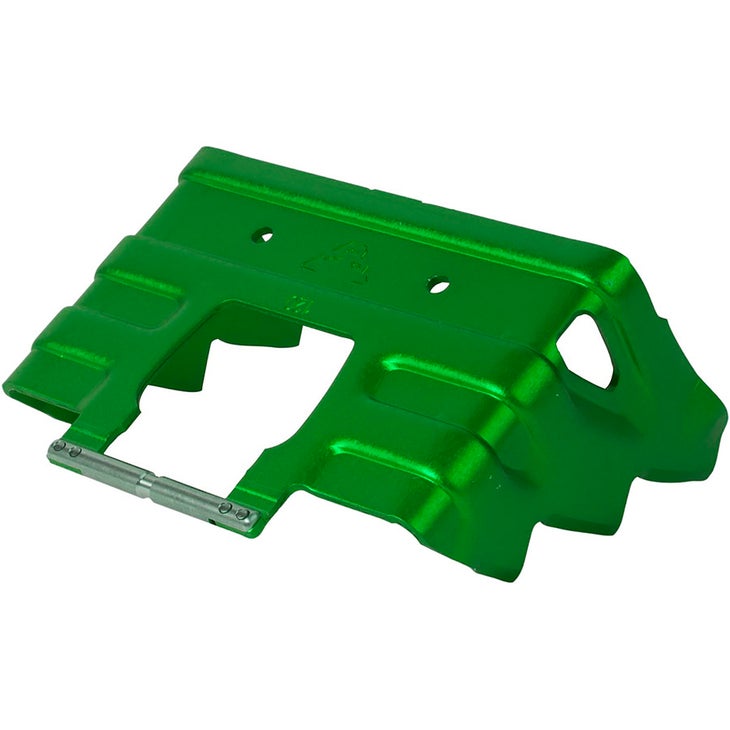
Ski crampons are some of the most underrated gear out there. Nailing a line in perfect corn typically requires an early start and an ascent in bulletproof conditions, turning even low-angle slopes into a slippery mess. Once April hits, I keep ski crampons stashed in my pack at all times, a simple, lightweight solution to firm skin tracks that’s easy to deploy mid-slope.
At just 102 grams per pair at the 100mm width, ski crampons slot into the toe piece of most standard tech bindings, biting into the firm snow with each step to boost traction. When it’s really steep, you’ll still want boot crampons for the bootpack, but the security ski crampons add on glazed over approaches will save tons of energy for the part that really counts. Dynafit, Black Diamond, Salomon, ATK, and Plum all work pretty interchangeably, while G3 and Fritschi bindings have proprietary ski crampon attachments.
2. Sun Protection
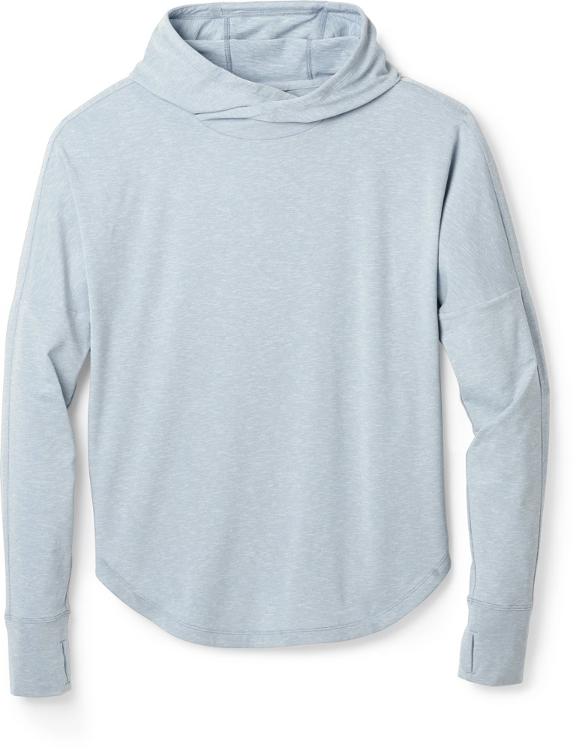
Aside from battling it out on a bulletproof skin track, fighting off the sun is a big part of spring skiing. While merino wool base layers are the gold standard for winter touring due to their stellar combo of warmth, moisture-wicking, and anti-odor properties, spring skiing is a great time to swap your wool top for a synthetic sun hoodie.
I love the REI Sahara Shade Hoodie because of the spacious hood which fits easily over a ski helmet, and it’s loose enough to keep the airflow going while I sweat it up on the way up. Keeping the hood up to protect my face and neck on the skin track puts up a solid line of defense from the energy-zapping sun beating down. It’s not a substitute for a thick layer of sunscreen, but a physical barrier from the sun does wonders for energy throughout the day.
Related reading: Why Are Older People the Ones Dying in Avalanches?
3. Softshell Pants
Black Diamond Dawn Patrol Hybrid Pants ($300)
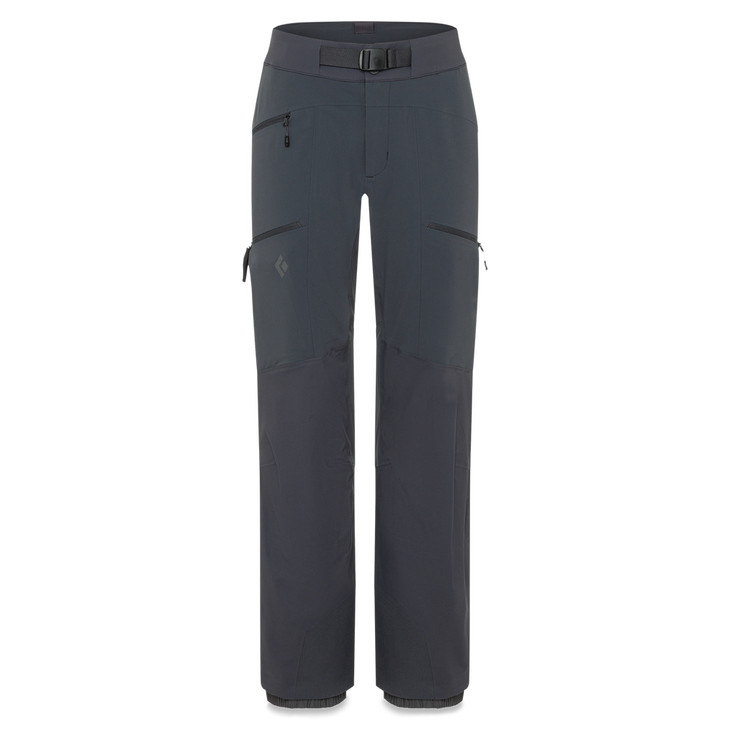
To fight off swampiness down under, hardshell pants take a backseat in the spring in favor of more breathable softshell layers. Plus, if you do take a tumble in firm snow and start sliding, softshells provide more friction than hard shells, so it’s slightly easier to self-arrest. The Black Diamond Dawn Patrol Hybrid Pants are an ideal combo of protection and breathability, with waterproof panels in spots that count (like the knees and butt) and softshell panels everywhere else.
There’s a dedicated beacon pocket which can be hard to find with softshell pants since so many are designed with mountaineering and ice climbing in mind, and reinforced instep patches hold up against crampons when you reach for spikes in the spring. While you probably can get away with a full softshell kit on many spring days, it’s a good idea to keep a lightweight hardshell jacket in your pack for emergencies.
4. Electrolytes
NUUN Endurance Hydration Mix ($20)
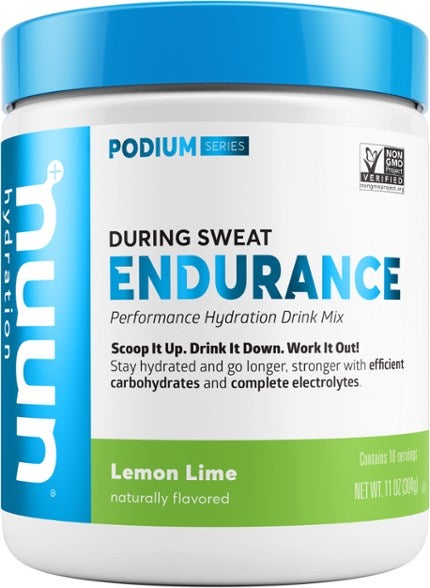
Hot spring ski tours can feel especially draining because of the extra electrolytes we’re losing through excessive sweat compared to a cloudy, cold winter tour. While I occasionally try to add electrolytes to my water in the winter, in the spring it becomes imperative to keep my energy up. Really any hydration mix will do the trick (sodium is the most important ingredient to look for) but I like the Nuun Endurance mix, which comes in a big canister as well as single-serving packets to keep in a pocket and add to water in a pinch. Learn more about how electrolytes will increase your stamina on the uphill so you can make the most of the downhill.
5. Skin Wax
MountainFLOW Rub-On Skin Wax ($14)
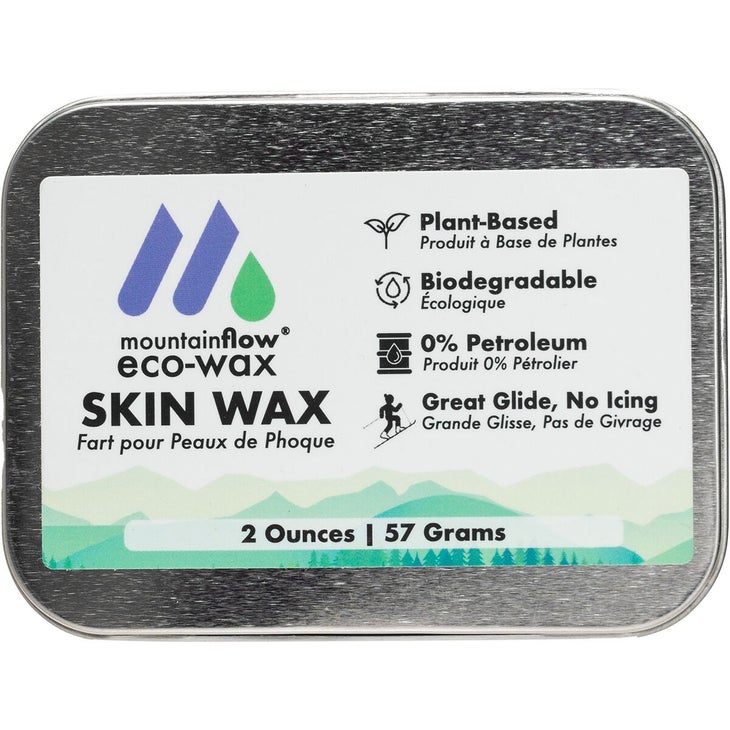
Skin glop is a quick way to turn a pleasant spring tour into a total slog. It’s also when I go from being a kind, compassionate touring partner into a hot, angry mess. When we ski through wet, slushy snow and our skins get soaked, they start to pick up the soft, cold snow along the skin track, creating infuriating clumps of snow and ice that stick to the bottom of your skis.
It’s surprising how little moisture it takes to create a mess on the bottom of your skis. I recently switched to the eco-friendly plant-based MountainFLOW wax instead of the chemical-based kind and have found it to be just as effective as Black Diamond Globstopper. Pre-wax your skins before you head out (even if you aren’t sure you’ll need it) since waxing up early can prevent moisture from penetrating your skins in the first place, instead of trying to use it as a Band-aid. You can still use it in the field, and you might need to reapply on a long tour, but using it preemptively is far more effective.
Get inspired: This New Backcountry Traverse Could Become Colorado’s Own Haute Route
